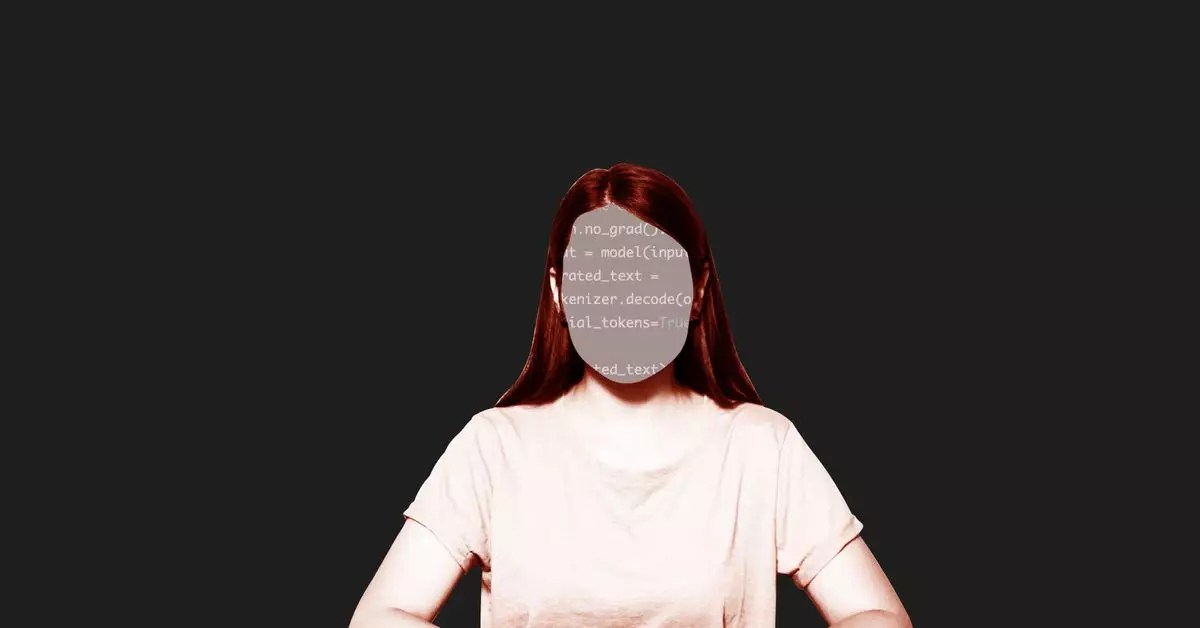The integration of artificial intelligence into healthcare has brought numerous advancements, particularly in the realm of medical transcription. Tools like OpenAI’s Whisper, which is employed by various hospitals, aim to streamline the documentation process and enhance efficiency during patient consultations. Nevertheless, the reliability of these AI systems comes under scrutiny, particularly as issues related to hallucinations—where the AI fabricates or distorts information—have been identified.
Recent studies, including a noteworthy examination by academics from institutions like Cornell University and the University of Washington, tackled the efficacy of AI in transcription. The research revealed that Whisper, despite its widespread adoption, exhibited hallucination rates of approximately 1%. This statistic may sound minor at first glance; however, within a bustling medical environment where accuracy is paramount, such discrepancies can pose significant risks.
In practice, hallucinations manifest as nonsensical phrases or entirely fabricated statements injected into transcriptions, particularly during quieter moments. This is a critical observation, especially when dealing with patients suffering from language disorders such as aphasia, who may naturally produce more pauses and silences in conversation.
The implications of AI hallucinations extend far beyond mere transcription errors; they can fundamentally affect patient care and treatment decisions. For instance, if a clinician were to act on a transcription that inaccurately notes a patient’s symptoms or medical history, the resulting misdiagnosis or inappropriate treatment could lead to severe health consequences. The medical sector’s reliance on accurate documentation means that even a small percentage of errors could lead to a cascade of adverse outcomes.
Moreover, the propensity of AI to generate invented medical terms or nonsensical phrases, such as “Thank you for watching!” during transcription highlights a broader issue about user trust in AI technologies. If healthcare professionals cannot rely on such tools for accurate information, it raises questions about whether these technologies should be utilized in high-stakes settings, where errors could lead to tragic outcomes.
Recognizing the risks, companies like Nabla, which incorporates Whisper in its medical transcription services, have acknowledged the issue of AI hallucinations and outlined their commitment to addressing these vulnerabilities. Efforts to refine the technology and curb the incidence of hallucinations are in progress, marking an essential step toward restoring faith in AI applications within healthcare.
OpenAI, in response to the findings of researchers, has echoed this sentiment, emphasizing their ongoing dedication to enhancing the accuracy and reliability of their AI models. They have also instituted specific guidelines which discourage the use of these tools in high-stakes circumstances where the potential for error could lead to dire consequences.
As healthcare increasingly embraces AI solutions for efficiency and documentation, the revelations surrounding Whisper’s transcription inaccuracies underscore the need for careful consideration of the technology’s applicability in clinical contexts. The balance between leveraging innovation and ensuring patient safety is delicate and requires ongoing vigilance. Continuous research and development are vital in mitigating these issues, ensuring that AI transcription tools support rather than hinder the critical work of healthcare professionals.


Leave a Reply